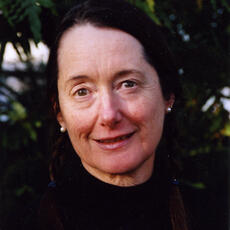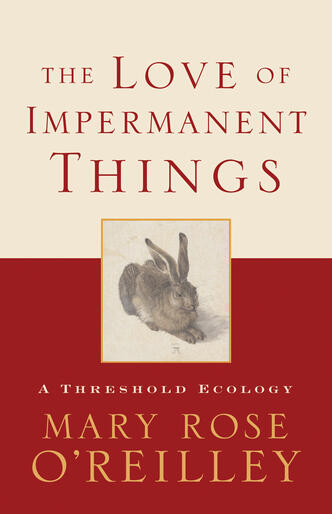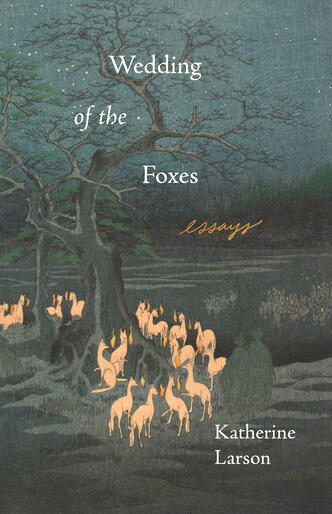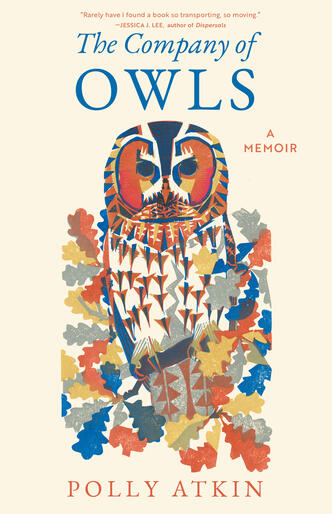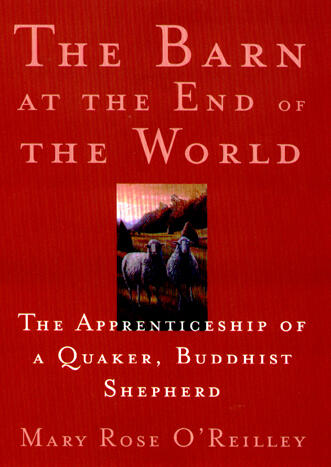
The Barn at the End of The World
Deciding that her life was insufficiently grounded in real-world experience, Mary Rose O’Reilley, a Quaker reared as a Catholic, embarked on a year of tending sheep. In this often hilarious book, O’Reilley describes her time in the barn as well as an extended visit to a Buddhist monastery in France. She seeks, in both barn and monastery, a spirituality based not in “climbing out of the body” but rather in existing fully in the world.
For O’Reilley, a smallish woman, that means learning how to “flip” very large sheep, inoculate them, and help them lamb (among other, earthier things). It means absorbing the teachings of Thich Nhat Hanh and the practice of Mahayana Buddhism, which emphasizes social engagement, while also allowing herself to crave pastries, resent her roommate, and wish for more food.
“At the beginning of this year,” she writes, “I had no idea why I felt led to light out into the unfamiliar territory of sheep farming and Buddhist practice.” By the end of this “memorable spiritual autobiography” (Washington Post), she has found a well of deep peace and a way to live consciously in the world.
